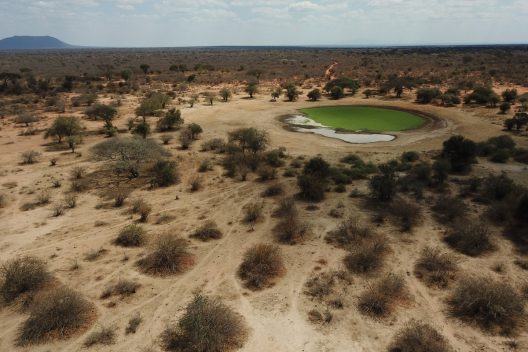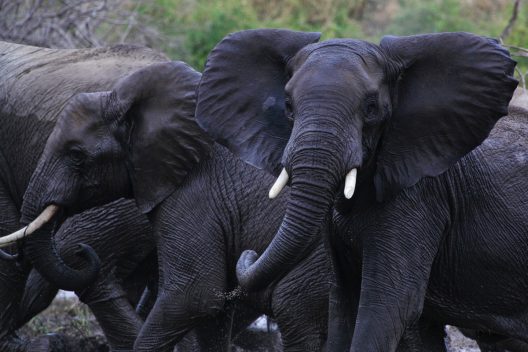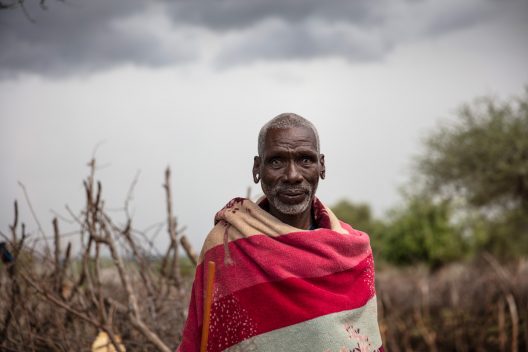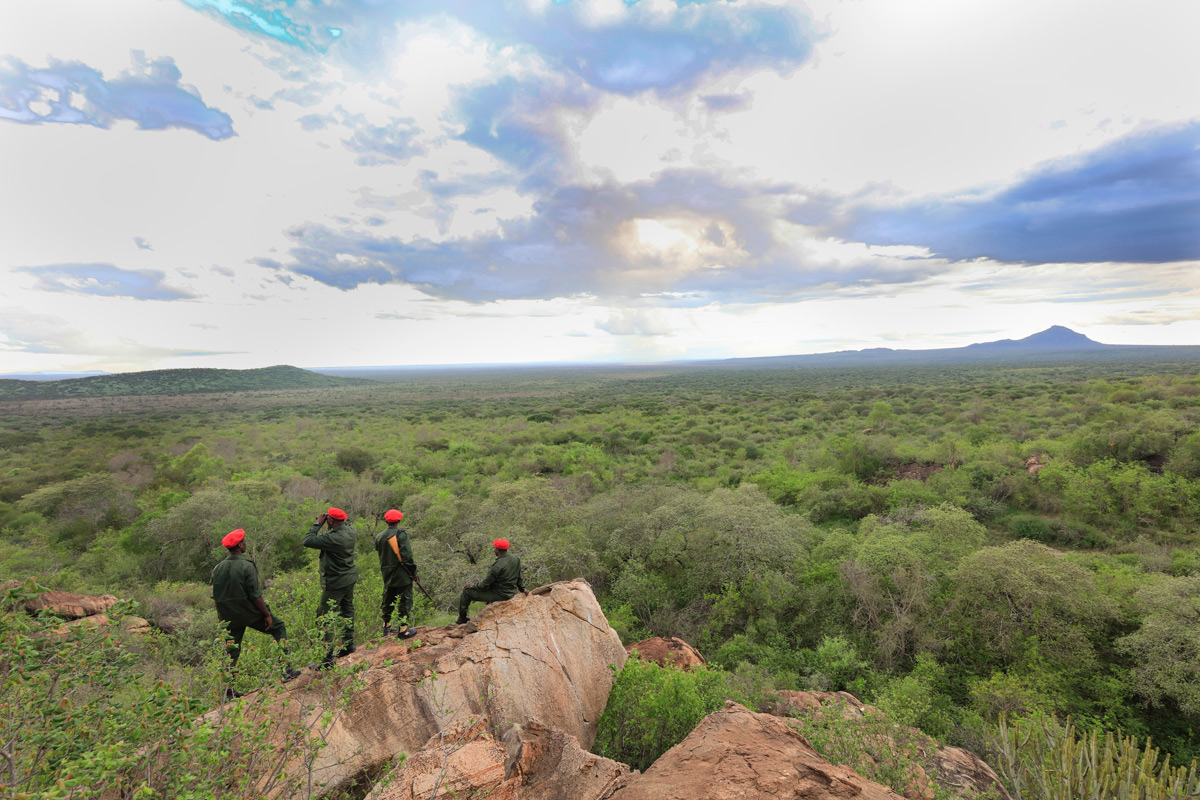Makame
Makame Wildlife Management Area was created after five pastoralist communities joined forces to halt the conversion of their grazing areas into farmland. With the establishment of Makame—the largest community conservation area in Tanzania—these communities were granted sole legal jurisdiction over their land. This allows them to enforce laws prohibiting farming within the protected area as well as enter into lucrative contracts based on forest protection and licensed hunting. By doing so, they are protecting their traditional livelihoods while also benefiting from innovative approaches to natural resource management.
Areas of Operation
Business Model
Makame has the potential to serve as an example for other Wildlife Management Areas in achieving financial sustainability and independence. By 2023, Makame is projected to bring in $500,000 in annual revenue—$265,000 from its 30-year contract with Carbon Tanzania, and an additional $235,000 from hunting tourism. This will allow it to operate a budget surplus without any donor support, even after sharing around $300,000 annually with communities, the local district, and the central government. All this while benefiting the environment: the carbon-trading scheme prevents 268,000 trees from being felled annually and, by the end of 2019, it had a verified emissions reduction of 99,000 metric tons of carbon dioxide. Honeyguide, meanwhile, is engaging with tourist hunters to promote ethical practices.

“Honeyguide and Enduimet are like brothers. We have grown up together, and we work together every day to see how we can best protect the land and support the people.” – Komolo Simel, Chairman, Enduimet WMA

Wildlife & Habitat
Makame Wildlife Management Area is a massive (371,900 ha) protected area within an even larger, 1,000,000+ ha dispersal area for elephants. Over 1,000 of Tarangire’s 4,500 elephants migrate to Makame seasonally, highlighting its importance to the national park. A densely wooded landscape, Makame also boasts an overall wildlife density that equals that of many of Tanzania’s national parks. It provides refuge for over forty species of large mammals and a habitat for endangered wildlife such as pangolin, leopard, wild dog, and ground hornbill.
Residents
The 21,900 residents of Makame’s member villages stand to benefit greatly from the Wildlife Management Area by securing their land and, by 2023, receiving nearly $200,000 for funding local investment. Makame’s success lies firmly on their shoulders, and they have shown themselves up to the task. Communities have already established a track record of providing information on illegal activities, such as poaching, taking place in Makame. They also exhibit greater tolerance for wildlife attacks on livestock, thus reducing retaliatory killings. These factors directly contribute to the security of wildlife with which they share their land.



